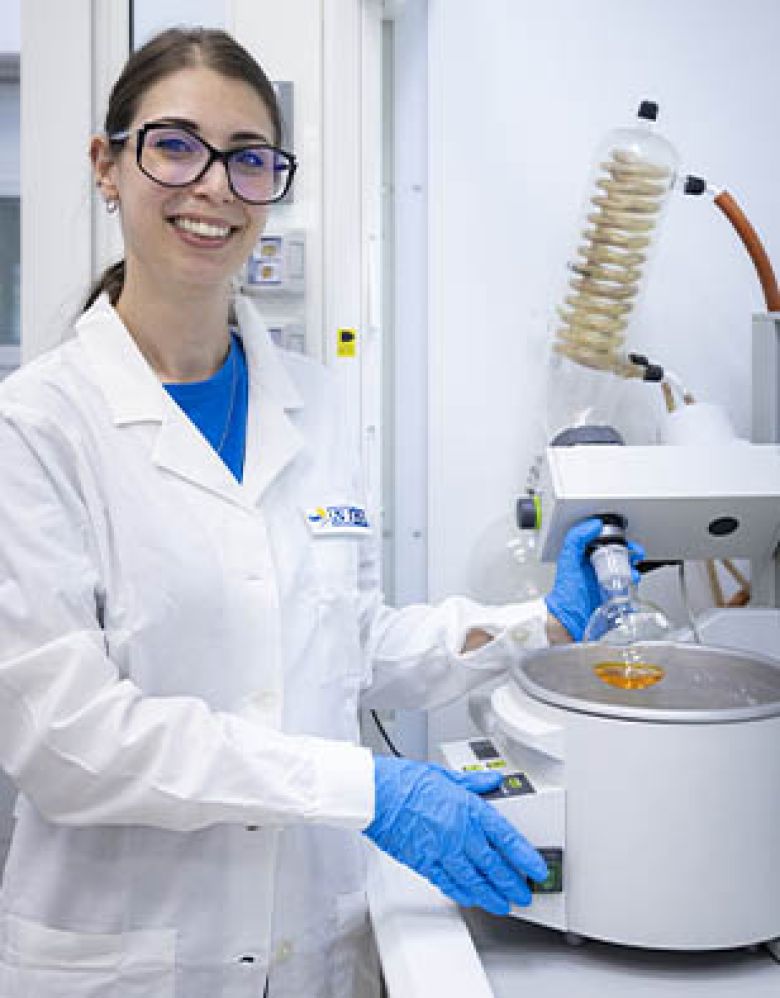
Waste analysis and disposal scenarios
The advisory activity is aimed at determining the characteristics of the waste, gathering all the information necessary for its safe disposal.
Waste can be classified into 2 macro-categories:
-
1) By origin:
- Municipal waste (mainly household)
- Special waste (from industrial, commercial, health, agricultural, craft, service activi-ties or processing, etc.)
-
2) For its dangerousness:
- Hazardous waste
- Non-hazardous waste
In both cases, it is necessary to characterise all the waste produced, even with a simple documentary assessment, which must, however, be formalised. In general, according to the European Waste List1, we can assign a mirror EWC (EER) code, an absolute hazardous EWC (EER) code and an absolute non-hazardous EWC (EER) code.
In the first two cases, apart from specific exceptions (e.g. toner, neon, batteries or electrical/electronic equipment), an analytical characterisation must be carried out in order to determine whether the material is hazardous or not and the possible HP2 hazard characteristics to be attributed to it.
However, the classification process directly involves the waste producer, who must actively participate in the selection of the most relevant EER code by origin and must provide all available information on the process and products involved in generating the waste.
Analysis of special waste
Special waste are the waste substances resulting from the production activities of industries and companies, which are managed and disposed of by authorised disposal companies registered in the register of environmental managers. According to current legislation, the producer of special waste is responsible for its correct classification according to its CER code, to which certain disposal methods correspond.
Companies that produce special waste find it difficult to manage these operations in-house and so turn to dedicated analysis laboratories. SIGE, with its experienced staff and proven expertise in the field, offers all the support necessary for operations prior to disposal. Analyses are carried out using reliable and up-to-date instrumentation and are compliant with the methods and prescriptions laid down in the regulations in force.
SIGE will carry out appropriate sampling, perform all the necessary laboratory analyses, and determine the correct classification of the waste according to the respective EWC code.
Waste classification
The classification of waste can represent three distinct types:
- Absolute non-hazardous waste
- Absolute hazardous waste
- Wastes with 'mirror' codes (i.e. which can be both hazardous and non-hazardous)
Absolute non-hazardous waste is waste that does not contain substances considered hazardous (e.g. paper, glass, plastic)
Absolute hazardous waste is waste that results from a process using substances hazardous to health (e.g. asbestos, expired medicines, spent batteries, acidic substances, etc.).
Even if it is known a priori that they have hazardous elements, analysis is required to determine the specific HP hazard class (e.g. HP 1 Explosive, HP 2 Oxidising, HP 3 Flammable, and so on). Analysis may also be necessary to classify waste that contain several substances (and thus different hazard elements).
Mirror-coded wastes are those that may or may not contain hazardous substances. Examinations make it possible to remove any doubt and determine the presence of hazardous substances and their respective concentrations. Based on the results obtained, an EWC code will be used for hazardous waste or not.
Examples of waste with mirror codes might be protective clothing (potentially contaminated with hazardous agents) or rags (depending on the substance in which they were soaked or the procedures in which they were used).
For more information about the waste analysis and classification service, you can contact us using the form on this page.
What we offer
-
Analytical support and advice on waste characterisation for the confirmation of the EER co-de assigned by the producer and the assignment of any hazardous characteristics.
-
Performing the cession test3 aimed at:
- Verification of landfill eligibility for inert waste4
- Verification of landfill eligibility for hazardous waste4
- Verification of compliance with environmental reuse5

Normative references:
-
1 EU Decision 955/2014
-
2 EU 1357/2014, EU Regulation 1179/2016, EU Regulation 997/2017 (HP14)
-
3 In accordance with UNI 10802 and UNI EN 12457-2
-
4 In accordance with Legislative Decree 03 September 2020, no. 121
-
5 In accordance with Ministerial Decree 5 February 1998, as amended by Ministerial Decree 5 April 2006 No. 186







